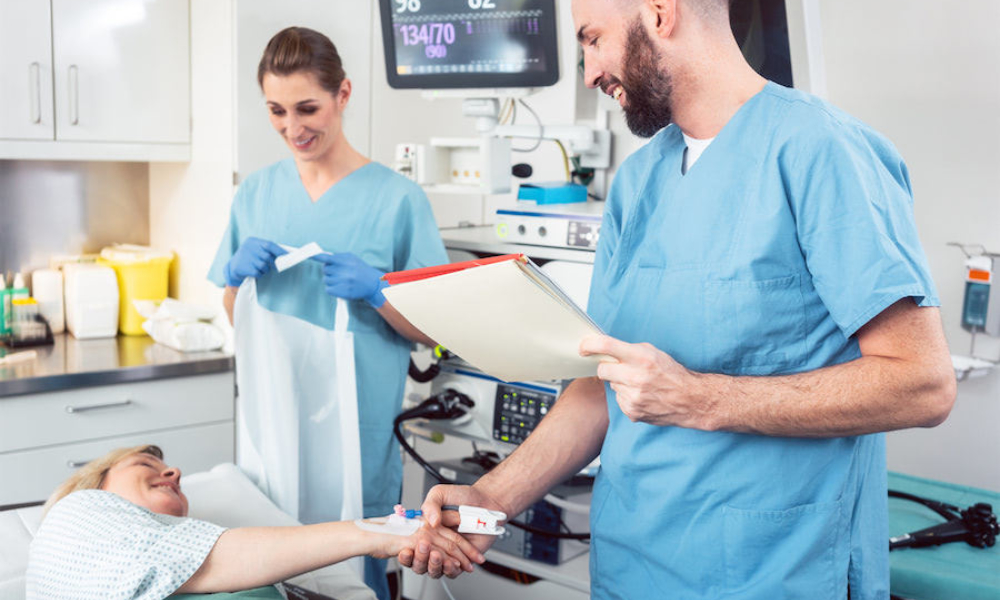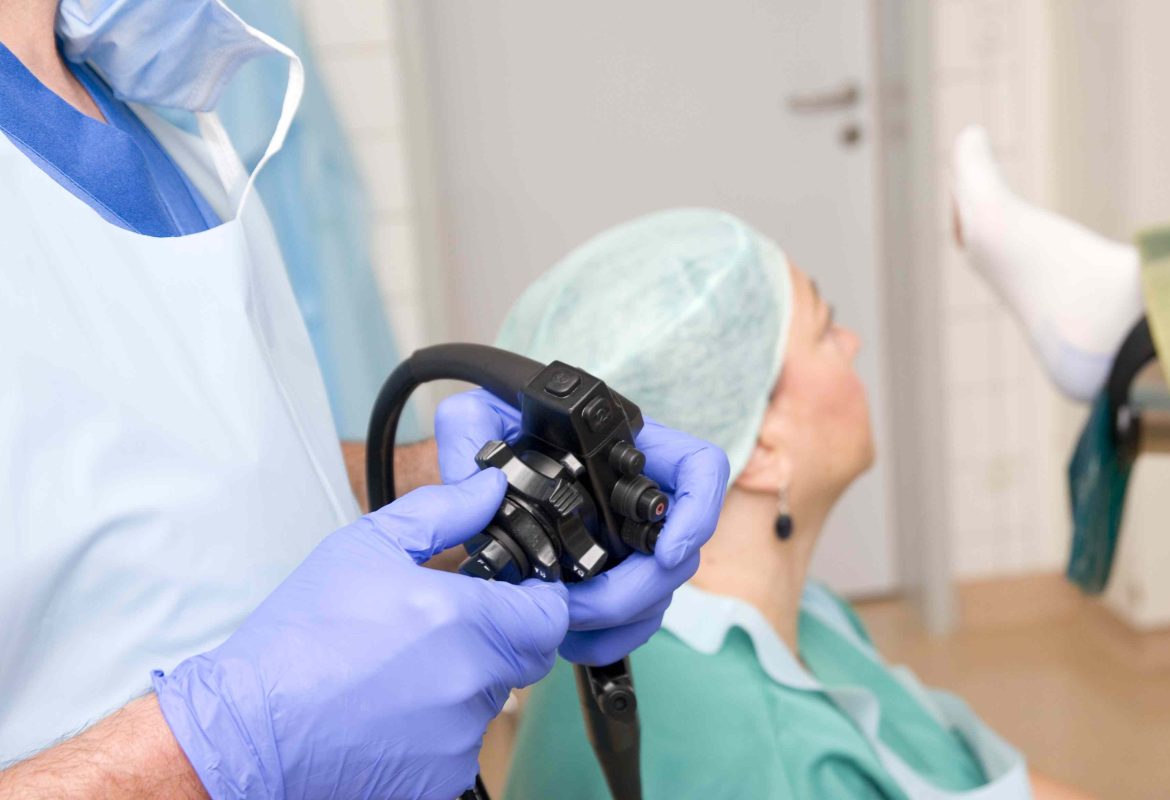Among men and women, abdominal pain is the most common complaint, with women more likely to suffer from functional abdominal pain than men. One of the most common childhood and adolescent complaints is functional abdominal pain, characterised by recurrent abdominal pain. It is a real pain that can be quite intense. There is no specific gastroscopy clinic or identifiable cause of chronic or frequent abdominal pain. A functional gastrointestinal disorder called functional abdominal pain syndrome.
In children and adolescents with recurrent abdominal pain, functional abdominal pain is the predominant cause, which means there is no physical abnormality causing the pain. Symptoms are similar to severe menstrual cramps, accompanied by nausea and bloating gastroscopy clinic. Using an endoscope, a small opening in the mouth is used to insert the endoscope. Then it is inserted into the stoma in the stomach, the oesophagus with an endoscope inserted into the pouch or oesophagus through this small opening.
Many different types of gastroscopies are performed on patients in gastroenterology, including Gastro Barium Swallow. Your body’s blood vessels are seen using X-rays during angiography, an imaging test. Endoscopes are similar to video cameras and are used to examine narrow, blocked, enlarged, or malformed arteries or veins in many body areas, including your brain, heart, abdomen, and legs.

They study arteries or veins in many parts of your body. An endoscopist inserts the camera through the food pipe and guides it into the body using two small stents called guidewires. In addition to capturing X-ray images and video, the gastroscopy camera can also capture images of other internal organs during the procedure.
Video images are combined with other diagnostic information gathered during the endoscope procedure to determine a problem. The gastroscopy camera is first inserted into the stomach through a tiny hole in the stomach called a trocar. The trocar is then pushed into the duodenum through the food pipe. In gastroscopy, doctors examine the stomach from the side and the front to diagnose problems.
